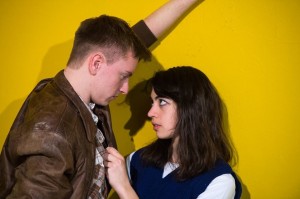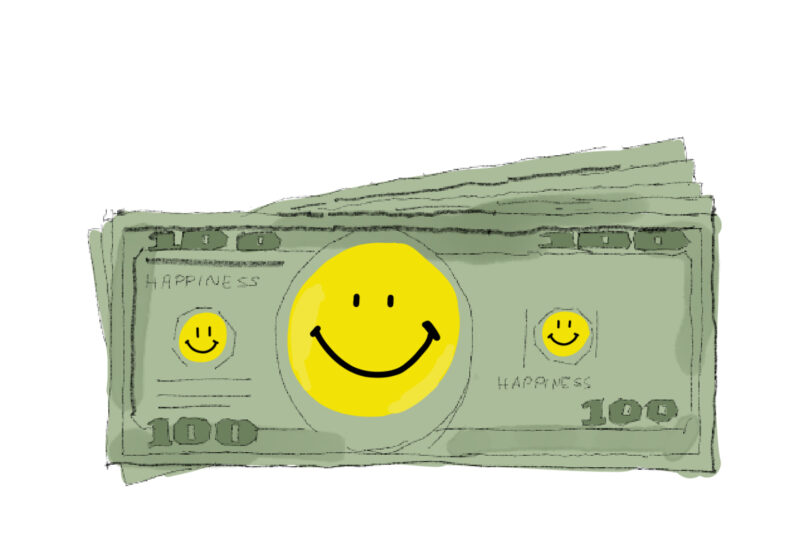“The strongest man in the world is one who stands most alone.”
Can we simply marvel at the truth of this line? This utterance speaks to me, and it should speak to you. It is a line that touches the deepest sections of my heart, and I was guided to that previously unknown place by UR International Theater Program’s new production of Henrick Ibsen’s “An Enemy of the People”, now playing in Todd Union.
Where do I begin? I could start with the actual story, but I’ll sacrifice those honors to speak about the significance of the play itself. It is a play about the ostracizing of an individual who seeks to impose his just theories of truth and justice on the demeaning society around him. It is also about questioning whether or not the opinions of the minority have power over the majority. Heading towards contemporary issues, it can also be about the overwhelming power the government has over its people (think NSA and sustainability controversies). The mere fact that I cannot point to one significant theme should suggest the impression the play had over me – a powerful one.
“An Enemy of the People” is not a new play. Adapted in several different productions and films over the years to a wide range of effects, this play managed to find its own place in director Alexandra Kuechler Caffall’s unique version. Though the original play was written in the 19th century, the Caffall’s rendition updated the start to an oftentimes quirky yet surreal 70’s setting. Bright lights blasted the beautiful set (you haven’t seen Todd like this in years), perfectly complementing the style of that era. The first act certainly played to the stereotypes and “expected” moments from the ‘70s – achieving the feel of a sitcom. This was used for comedic effect, but post-intermission saw the tension and conflict rising to new heights. The stakes were now higher – it was not about spreading truth anymore. It was about an ideal even stronger, an ideal of revolution and war.
This revolutionary aspect of the drama was charismatically portrayed through our protagonist, Dr. Thomas Stockmann (sophomore Steven Winkelman), and it was played with an incredible amount of power and determination. Winkelman drove the whole show through an outstanding portrayal of our hopeful hero who succumbs to the moral oppositions that drove him towards justice in the first place. We are inspired by him, but we ask ourselves at the end of the play: To what cost does justice and truth deserve to be the beacons of light we so strongly believe in? Through the actions of Winkelman’s character and the equally outstanding supporting cast that included senior Giulia Perucchio, freshman Mario Gambino, junior Zoe Netter, freshman Ian Von Fange, senior Lydia Jimenez, freshman Alberto Carillo Casas and others, we aren’t sure what the answer is. To be able to answer that question is to break some molds that society itself is defined by – and we’re reluctant to do that.
Other than the deep thematic messages that came with this play, the directorial choices created lasting impressions. In the transition from Act one to Act two, the cast performed this ‘70s dance routine (which in itself was genius), but all the while Von Fange’s character Hovstad smoked a cigarette with a mischievous grin that portended something wicked to come. It was the smallest detail of foreshadowing, allowing us to take away something unexpected. In contrast, a large dramatic moment in the fourth act transformed the mood of the play from cautious to hostile. Papers flew everywhere, and a sense of anarchy and chaos encompasses the stage as furniture flew and the metaphorical image of water sprayed across the stage. It was shocking and horrifying to watch, but the audience loved it – I loved it.
Shortly after, rocks and pebbles started being to be thrown one by one out of the “baths” from which they came. It was not the solids themselves that we particularly cared about, it was the soft and peaceful clinking sound they made that effectively contrasted with the sound of chaos in the scene before it. They symbolized the aftermath of being rejected and thrown out of society and the small stepping stones that we must learn to throw after. Trust me, this all makes sense in the context of the play.
It was these small (and big) moments, accompanied by the memorable soundtrack, that gave emotional power to the story. And in the final moments, I sat in awe when the characters that I thought I knew symbolically destroyed themselves for what they were fighting for. Leaving the audience chair and going back into the cold Rochester reality, I began to shiver. It wasn’t the low temperatures that unleashed my chills though. It was the scary realization that I might be sacrificing some of my own truths for a justification that I know is a lie. Good theater simply asks those questions, but great theater answers them. And, frankly, “An Enemy of the People” answers.
“An Enemy of the People” is playing at Todd Union every night through Saturday, March 8th at 8:00 PM. Tickets can be purchased at the Common Market and at the Box Office.
Usmani is a member of
the class of 2017.





